Event Summary
Transport + Infrastructure | Photos + summary
‘A need for certainty’ was the buzz phrase at Place North West’s first event of 2024, where the focus was transport and infrastructure – and the guests weren’t just talking about when it comes to HS2 and Northern Powerhouse Rail. They called for certainty across all aspects of forward planning, particularly where government decision-making was concerned.
Transport + Infrastructure was held on 25 January at Manchester Hall. The half-day conference was sponsored by Waterman and Mills & Reeve and hosted by Place North West editor Julia Hatmaker.
HS2 ‘hole’
The curtailment of HS2 was an inevitable hot topic, with Greater Manchester Mayor Andy Burnham and his West Midlands counterpart Andy Street set to meet the government to discuss an alternative the following week.
Burnham kicked off Place’s conference with a look at what HS2 changes meant for Greater Manchester.
He described the way HS2’s scrapping was announced as “disgraceful”, but added that there was a plan for the future in the works.
Burnham told the audience: “We’ve established a private sector working group. We believe there is a solution which can be put forward for Birmingham and Manchester and it’s pretty essential this is done. There has to be extra capacity on the West Coast Mainline.
“It might involve a new approach, for instance, land value capture,” he continued. “If you put infrastructure in, obviously you increase land values. There is clearly an argument for a profit share and some of that to come back to pay for the infrastructure.”
Burnham said not putting this in place when he was working for the government on London’s Elizabeth Line was a mistake.
Later in the morning, Darren Oldham, rail and road director and deputy chief executive of Transport for the North, said the curtailment of HS2 has left a “huge hole in the transport systems of the North” and that everything was “predicated on the assumption it would be there”. He described Northern Powerhouse Rail as a “diluted version” of what people want.
“I represent 15, 16 million people,” he said. “This is effectively the population of London and Scotland. If this was happening in those places there would be much more noise.
“We promote strongly for more investment and more certainty. It’s those two things, and the North speaking with one voice, which will get us to where we need to be.”
Mel Wilson, director at Deloitte, said later: “HS2 or no HS2, we have still got the same challenge around growth and driving productivity.”
Linking cities
However, not all was lost with the curtailing of HS2.
Burnham said: “What [the government] did leave in was the funding for the Liverpool to Manchester element of Northern Powerhouse Rail, which is £17bn – we’ve confirmed with the government now.
“The first thing we’ve been asked to do is confirm the alignment we would prefer for a new Liverpool-Manchester line. There is an agreement that we keep the line that was originally proposed…Liverpool city centre, Warrington, Manchester Airport, Manchester Piccadilly. Because of the land assembly that’s been done, we believe we can speed up delivery of the Liverpool-Manchester railway.”
He also said there are big plans in Warrington, with the closure of the old Unilever factory, to redevelop the area around Bank Quay, potentially also going underground.
Going underground
It is not only Bank Quay that should go underground – Manchester’s Piccadilly station should as well. Burnham acknowledged that the government had, over the course of HS2 discussions, disagreed with the mayor’s push for an underground station. However, he countered arguments that a new above-ground Piccadilly station would be more cost-effective.
“If you build it with just a railway hat on, you’re not thinking about the economy, which is how they were doing HS2,” he said. “You build it at a lower cost to the Department for Transport but what you end up doing is taking the land that would support the economic benefit you were meant to be unlocking.”
Later, when tasked with a question about Greater Manchester’s own public transport network, Burnham said: “Manchester has to go underground at some point. Doing it all on the surface is not possible.”
The Bee report
It has been four months since the Bee Network, an integrated transport network, was launched by Burnham. He said though it’s “not perfect”, it is already performing “better than what it replaced, comparing the services that were operating in the same area in the west of Greater Manchester”.
Burnham flagged some key dates – the North of the city region will be joining the Bee Network on 24 March, with the whole of GM integrated with ‘tap in, tap out’ buses and trams from 5 January 2025.
Political ambitions?
And did Burnham refuel the debate about his long-term political goal in a light-hearted exchange with Hatmaker? Asked if we could see the equivalent of the London Tube map in Greater Manchester in our lifetimes, Burnham said: “When I’m Prime Minister, yeah.”
He added: “If you were to see true levelling up, you could see, by the end of this century, a map that resembles that.”

The event’s first panel included Institution of Civil Engineers’ Emma Antrobus, Mills & Reeves’ Nick Helm, Transport for the North’s Darren Oldham, and Avanti West Coasts’ Mark Osborne. Credit: PNW
Going off the rails?
During the event’s first panel, Mark Osborne, regional growth manager for Avanti West Coast, apologises to anyone who had suffered delays. He outlined the challenges the railway industry is facing and said the industry is still feeling the impact of the pandemic. Osborne gave examples of rolling stock that needed to be refurbished and that 30% of its drivers are nearing retirement age. He added that drivers take 18 months to train and new trains take years to be built.
Transport for the North’s Oldham shared his perspective on the current rail situation. “Services have improved, rolling stock has improved, passenger numbers have improved,” he said. “But it’s a very old, tired network; it breaks down. It needs more investment and it’s getting more investment but I can’t pretend otherwise – whatever government is in place this time next year, I can only see real constraints on funding.”
New travel patterns
Amid the increase in working from home and demands for faster retail delivery, Osborne said there were bigger considerations: “It’s more than just people travelling to and from work – freight logistics is a big part of our economy and that’s changed dramatically and needs a robust transport network.”
After stating Liverpool Lime Street is the best performing station in England, back above pre-Covid levels, Oldham pointed out that, while peak hour commuting was down across the UK, travel for other reasons was coming back strongly. “That does pose an issue as most engineering work is Saturday and Sunday and that’s where the biggest growth is. Transpennine’s busiest days are Thursday and Saturday.”
The point was also made that DfT statistics showed most journeys in 2022 were for leisure.
Emma Antrobus, regional director for the Institution of Civil Engineers, said: “It’s not just about Monday to Friday, transport is about seven days a week. I know places operating nine-day fortnights. That frees up time for leisure travel in the working week. It doesn’t help with transport planning – we need to have a robust system for people to have choices.”

Travel is changing and the focus for strategists going forward needs to move beyond just commuters. Credit: PNW
Calls for certainty
Antrobus said “reliability and certainty” were the biggest challenges in the UK in terms of infrastructure: “People want to know that if they have booked a ticket, the vehicle is going to actually be there, be pleasant and deliver them to where they need to be.”
She added that unpredictability over project completions pushes her industry’s prices up and makes them more expensive to deliver in this country in comparison to others. She added: “If you are uncertain about funding, timescales, and delivery costs, you have to build in more cost coverage for that risk. We’ve seen spiralling problems with supply chain costs, international turmoil about bringing by sea or by air, and wage inflation. Our planning systems add to that.”
Nick Helm, partner at legal firm Mills & Reeve, elaborated: “Short-term political decision-making, as we’ve seen with HS2, is something that’s affected the UK for a good while. We need a longer-term plan with longer-term funding. That’s what Europe tends to do.”
Oldham agreed: “Everyone needs certainty and we thought we had that with HS2. The best examples around the world of where infrastructure planning works well is where it’s largely taken out of the political sphere. That’s not just transport, but helping the economy grow to make things better for all citizens.”
Osborne said that he’d seen millions of pounds spent on a road junction solely to improve traffic for the morning rush hour – just five hours in a working week – while other schemes were ignored. He said: “Politicians have got to make decisions about investment. Are we giving elected leaders the right schemes to do?”

Nick Halem said that short-term political decision-making was a major problem it comes to delivering national infrastructure projects. Credit: PNW
Greener issues
The strategy for net zero was another recurring theme. Helm said: “National Grid needs a major overhaul to deal with electricity demand for net zero projects. We need a lot more pylons and more heavy cables – and there’s a big planning issue. This is a looming problem.”
During the event’s second panel, the journey to net zero included a debate over road capacity and how car parking should be factored into placemaking schemes.
Deloitte’s Wilson said: “Mobility hubs are being brought forward, with one planned in Ancoats, and I’d like to see how that works in existing communities, particularly where you can’t put in EV charging. Bicycle storage could be a real game changer in some of those locations.”
Discussing development around Rochdale Station, Mark Robinson, director of economy and place at Rochdale Council, said: “We’re looking at the idea of segregating movement to introduce that hierarchy – so, pedestrians and public transport, then bring it down to the car. We want to bring forward residential without any parking but there is a balance because we recognise an element of parking will contribute to the viability of a scheme.”
The event’s third, future-focussed panel thought big changes were coming to the driving culture – driven by rising costs and the increasing importance of sustainability.
Richard White, associate director at Waterman, thought car use was the next big travel disruptor and said the cost of living was affecting travel behaviours: “Car ownership is expensive. There is that social dimension and that’s something to consider in making our transport planning inclusive.”
James Lancaster, head of innovation at Enterprise Mobility and chairman of the Urban Mobility Partnership, said, that with mandatory ESG reporting coming in, corporate travel was also going to be massively affected for large organisations.
Nicola Kane, director at business consultancy Steer, said there’s been slow progress in decarbonising transport in recent years: “Whether that’s travelling less overall, transitioning to more sustainable modes, whether we focus entirely on transitioning to electric vehicles which the government said in its decarbonising transport plan – how we choose to do that will influence how travel plays out in the next few years.”
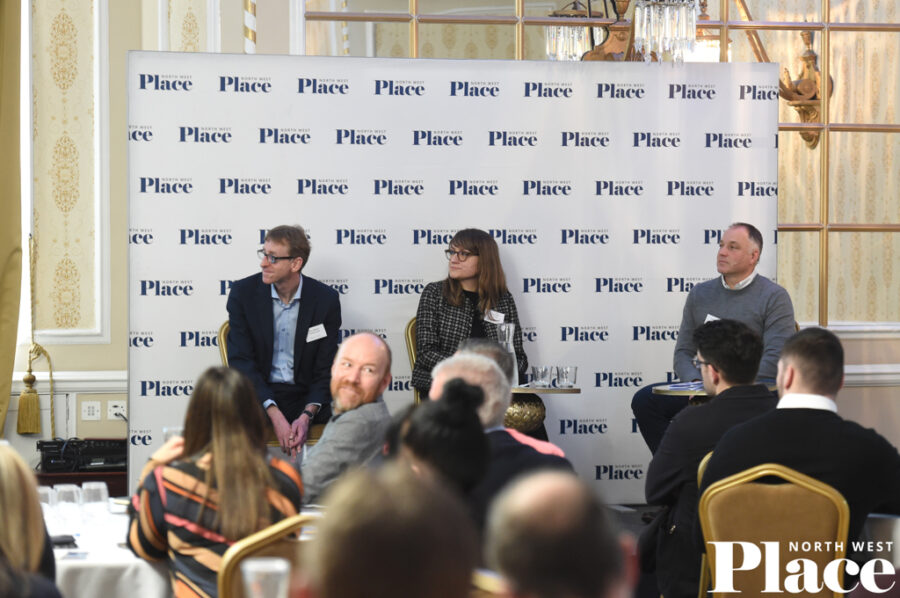
The event’s second panel featured Rochdale Council’s Mark Robinson, Deloitte’s Mel Wilson, and Muse’s Steven Knowles. Credit: PNW
The next great place?
Transport is a key to unlocking investment and economic growth. With that in mind, Place’s Hatmaker asked the second panel what areas they believe should be the next great development hotspot based on connectivity infrastructure.
Aside from Rochdale’s Atom Valley, Robinson cited Ashton and Stalybridge where city centre connectivity already exists, as having great potential. Transpennine route upgrades would lead to new opportunities, he said.
Wilson agreed with the emphasis on GM’s towns. She used Stockport, which is completing its Stockport Interchange project, as an example of a place where a residential market was developing.
Steven Knowles, director of development for placemaker Muse, wondered why the areas along the Bury tramline were not looking better: “They should start to have their time. The levelling up to the north of the city and the south of the city is important.”
Development pain
Asked about the ‘headaches’ the sector is facing when it comes to placemaking with transport in mind, Knowles said: “Funding and finding the funding mechanism to deliver.”
Robinson agreed and added: “If we purely look at transport schemes, there will be many a scheme that doesn’t tick the box. But look at the wider place-based agenda and pulling in that funding starts to solve those problems.”

The final panel included Steer’s Nicola Kane, Enterprise Mobility’s James Lancaster, and Waterman’s Richard White. Credit: PNW
Inspirations for the future
Perhaps the solutions for current transport woes come from looking further afield. Hatmaker had the final panel share examples of foreign cities that the UK could learn from regarding their approach to transport.
Kane suggested Bogota, where deprived remote communities were being connected to the city by a new cable car and electrified bus fleet. It has ‘care hubs’ within walking distance of each other offering healthcare, small business space, education and childcare. She added: “It’s a sustainable city with people at the heart.”
Lancaster said: “France has the LOM Bill; it gives people tax breaks if they move towards mobility as service programmes rather than taking company cars.” The LOM Bill also outlines the country’s strategy to get to land transport carbon neutrality by 2050.
Lancaster also referenced another European country’s take on transport policy incentives.
“Germany is providing a lot of funding for the transition to electric vehicles – the infrastructure and the acquisition – which is starting to speed up that process,” he said. “The UK Government is backwards on this. They have no provision for electrification even though it’s a core priority. The Department for Transport has bold ambitions and then completely prohibitive tax policies.”
White added: “Antwerp has done a lot of work to integrate their transport offer. We’ve seen the explosion in shared cycling, shared scooters but it’s very unregulated, with many operators offering the same service. In Antwerp, it’s about getting operators to collaborate on these micro-mobility schemes using data for the common good.”
What’s next?
Opportunities for development, regeneration, and growth abound across Lancashire’s urban centres. Come to Place’s Lancashire Development Update and learn who is doing what in Blackpool, Lancaster, Preston, and beyond – and find out how you can get involved. Book your ticket.
Click any image to launch gallery






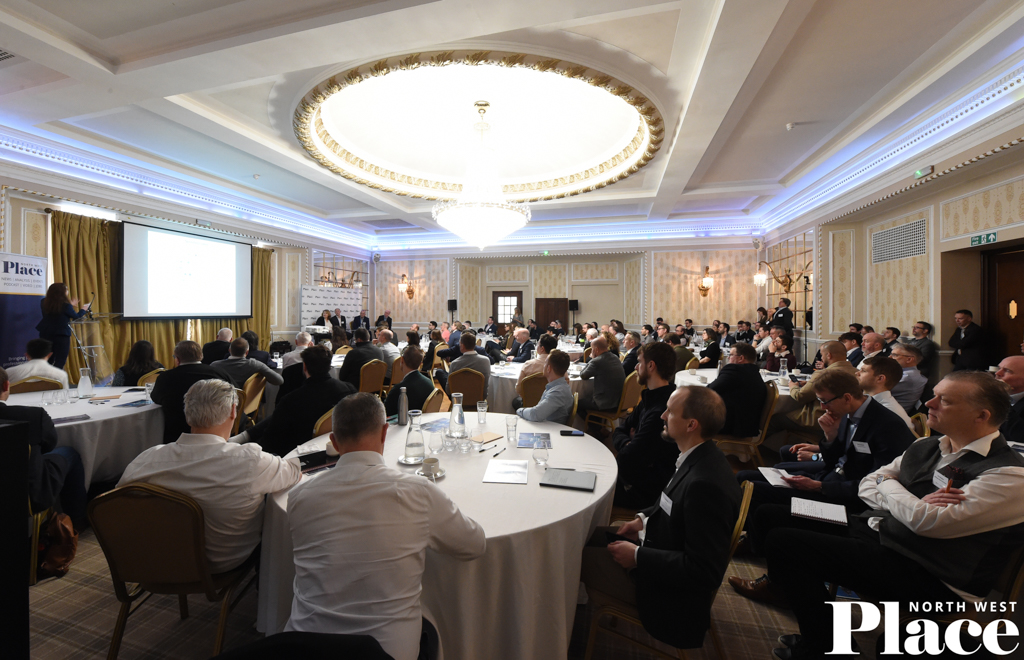

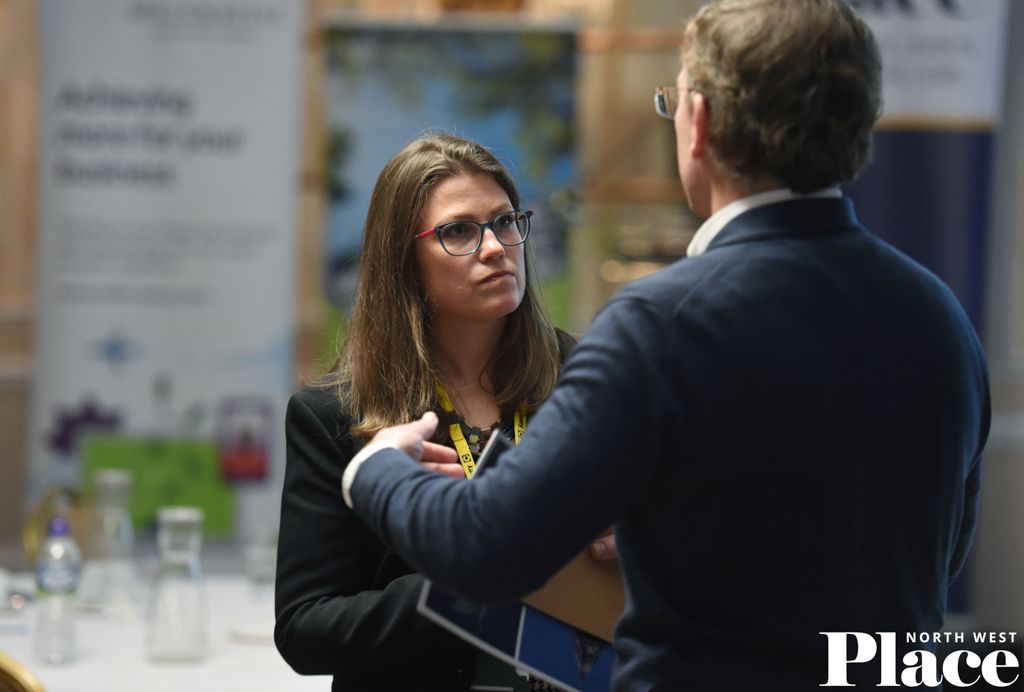
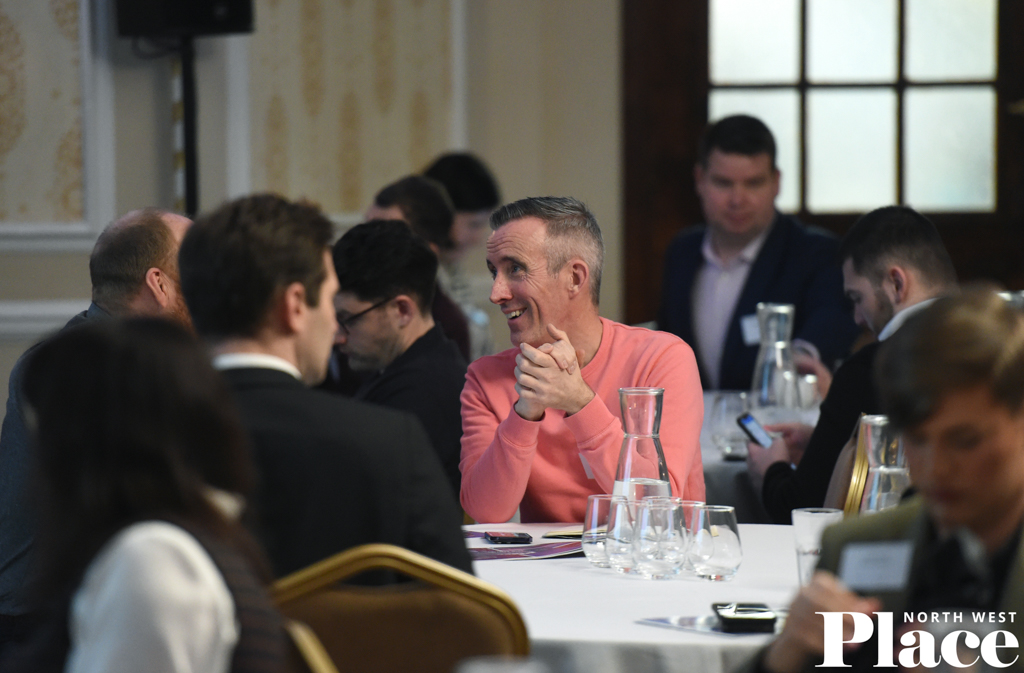




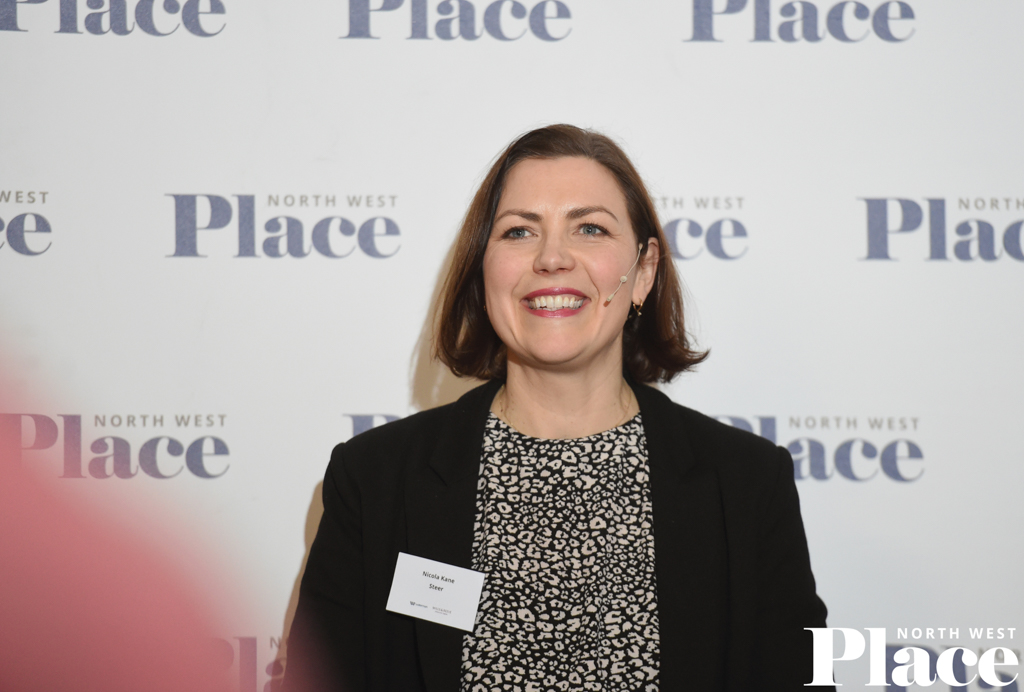




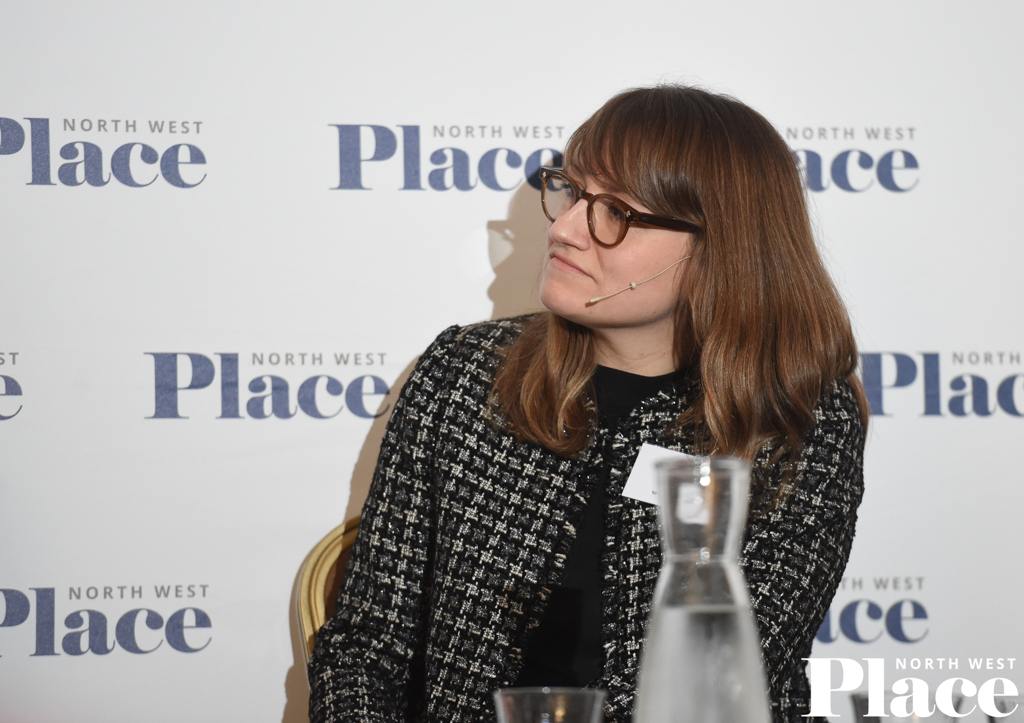
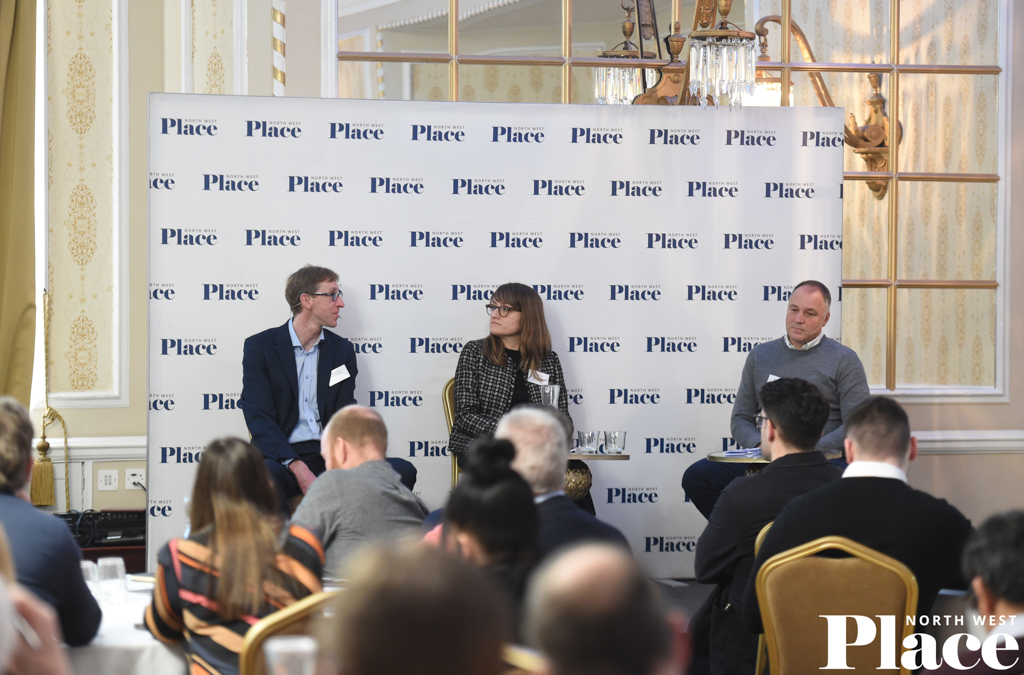


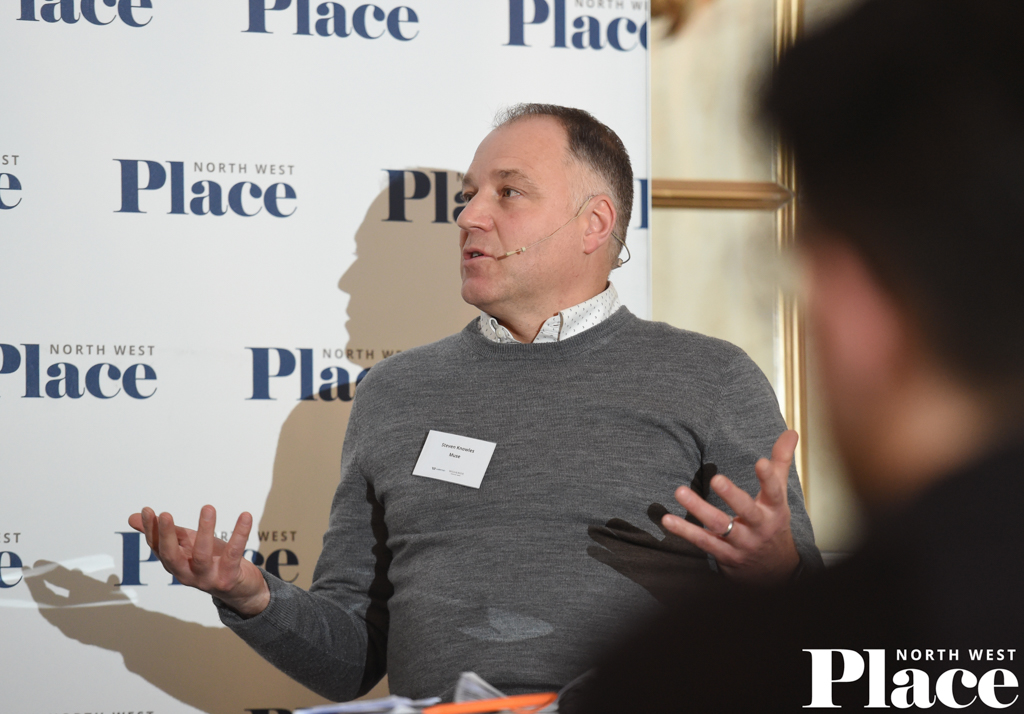





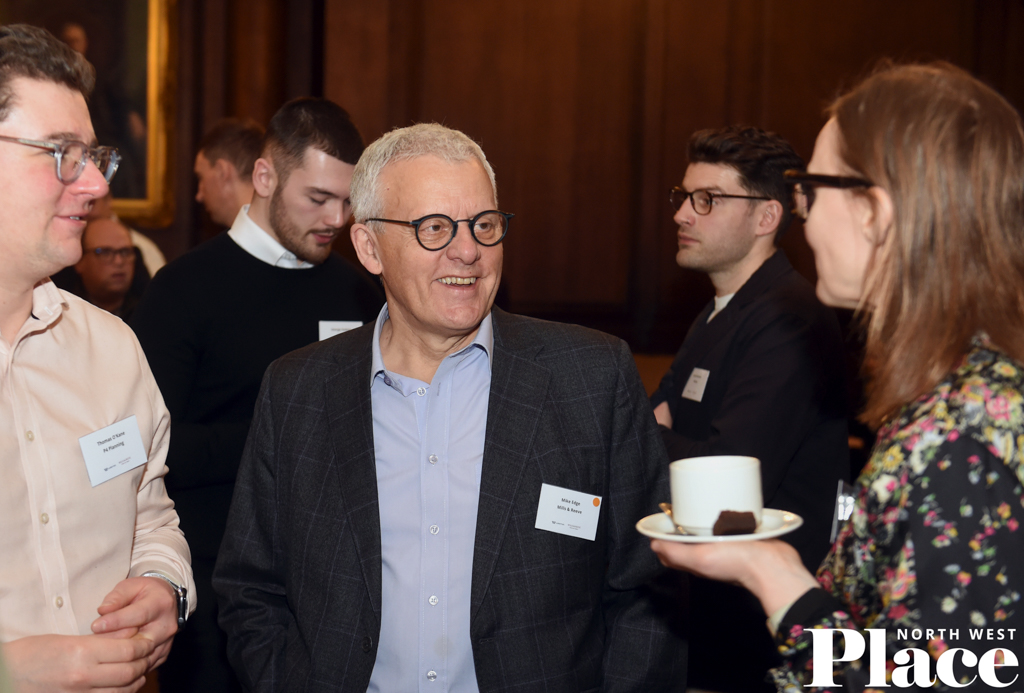



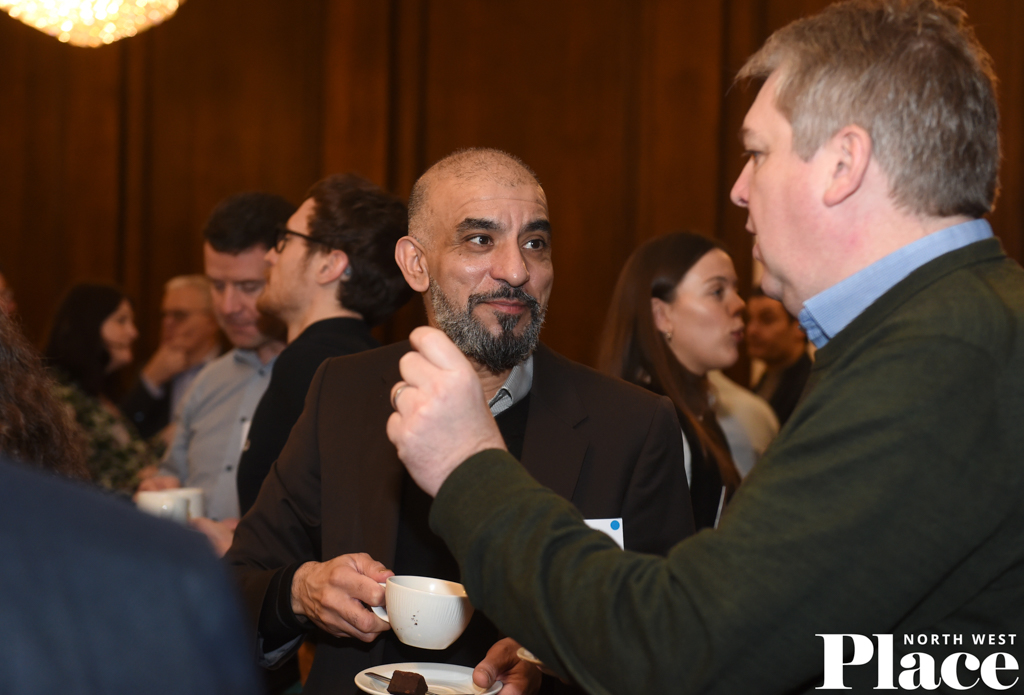
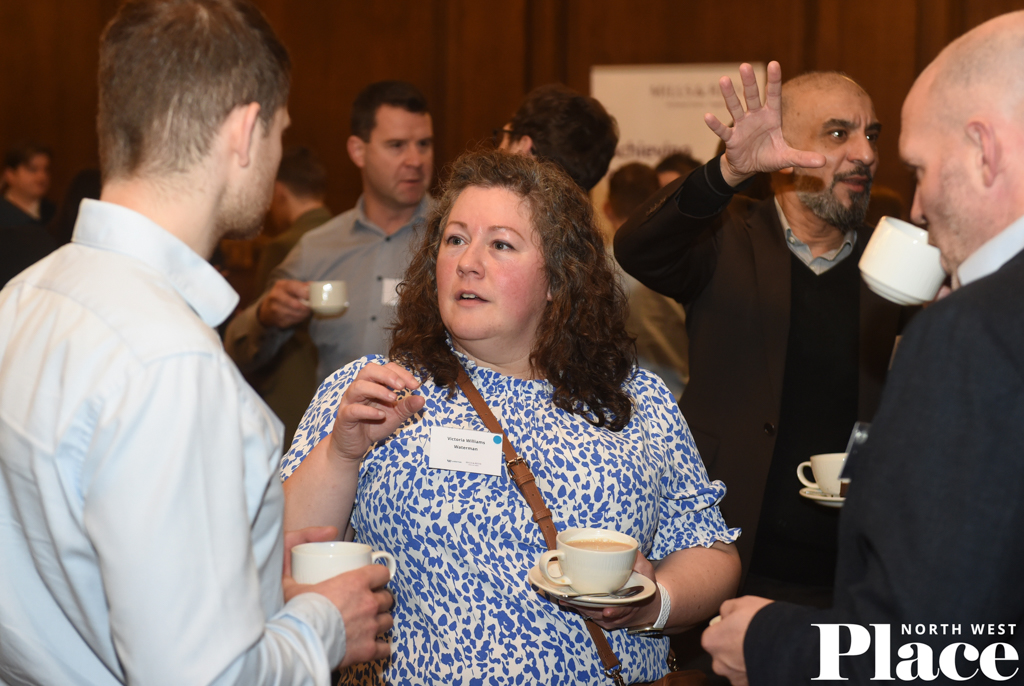
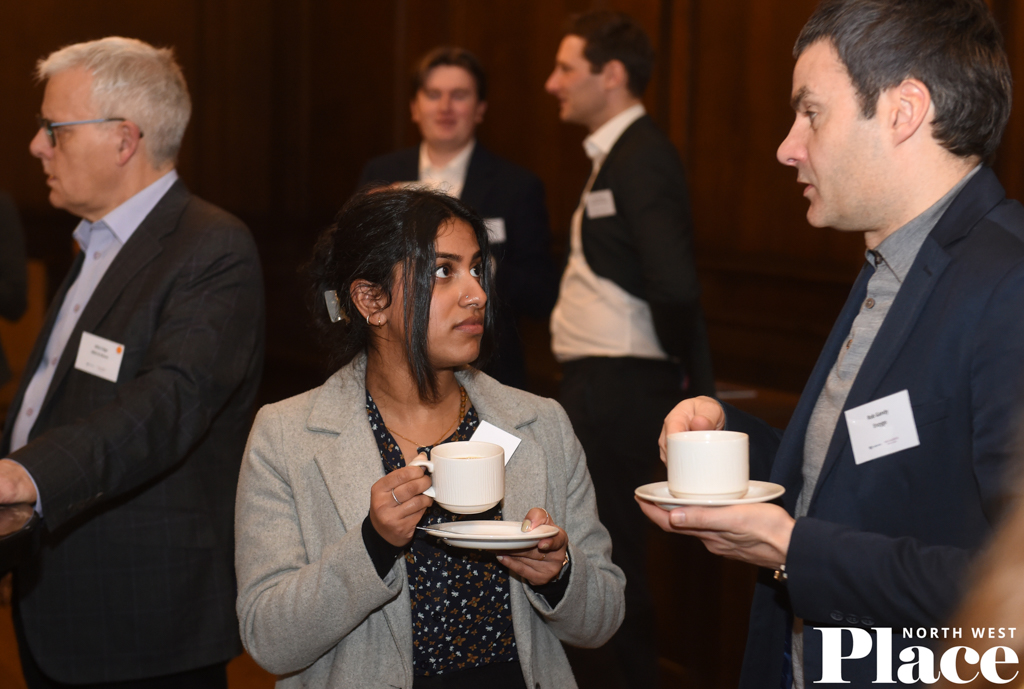




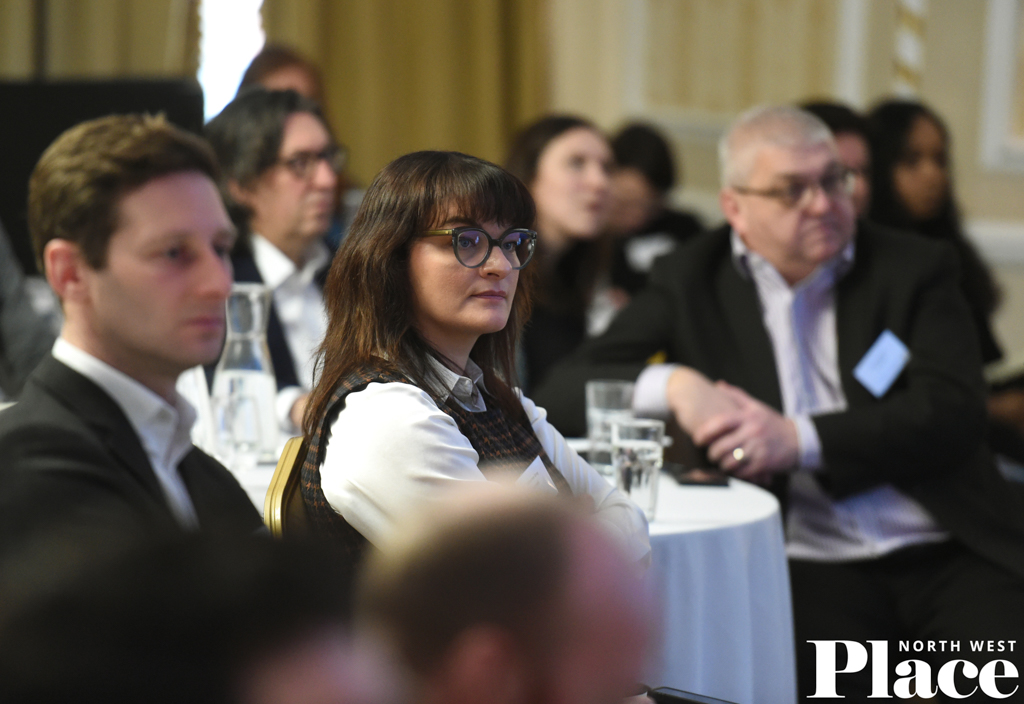

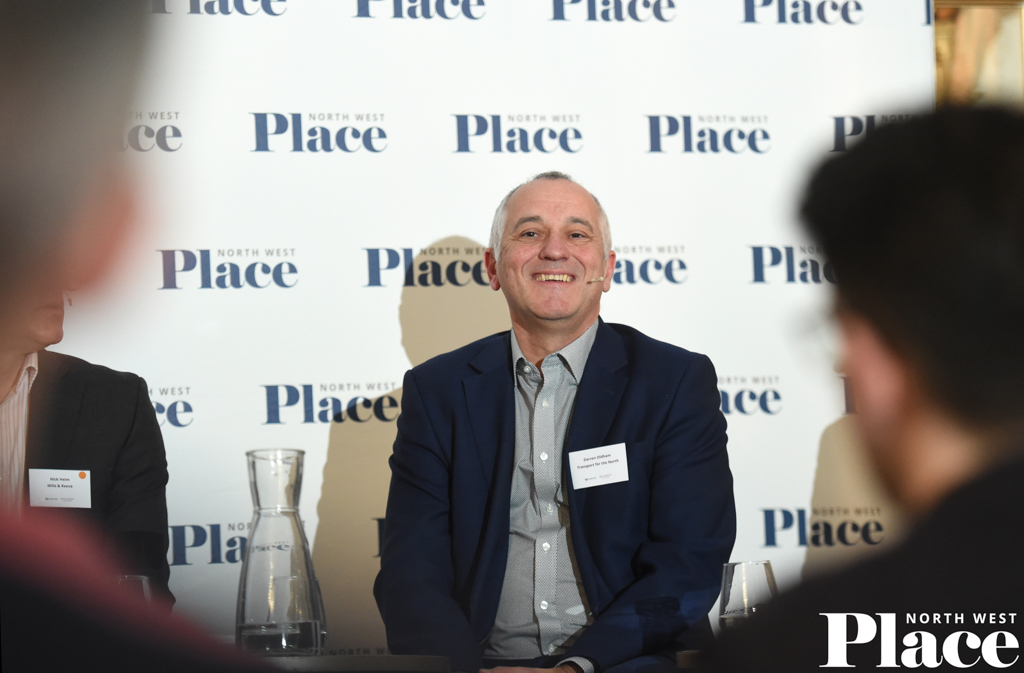



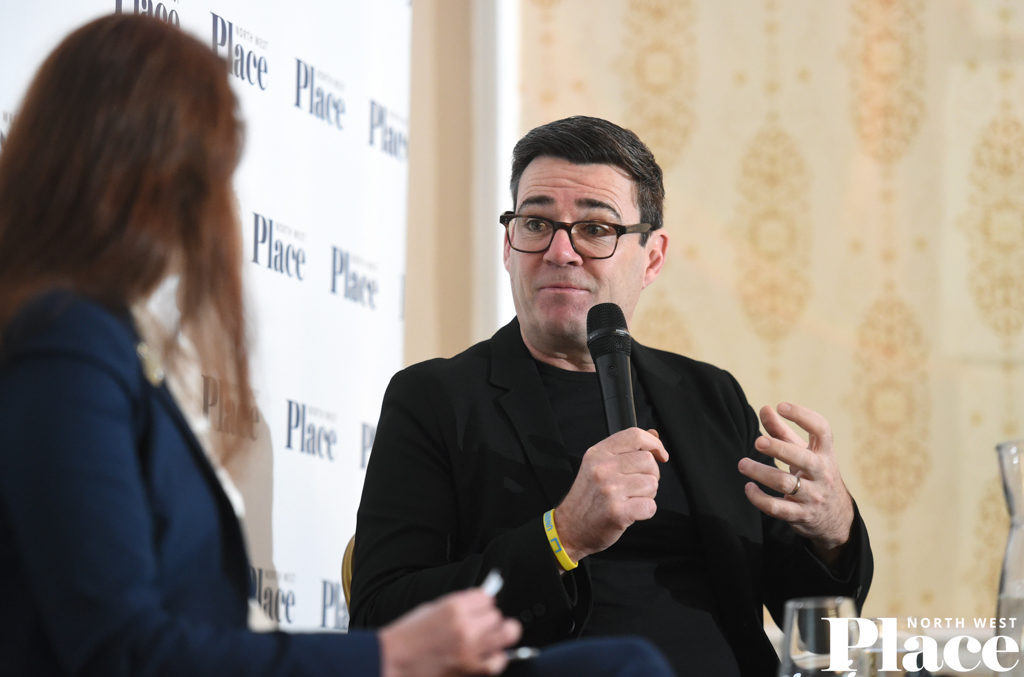
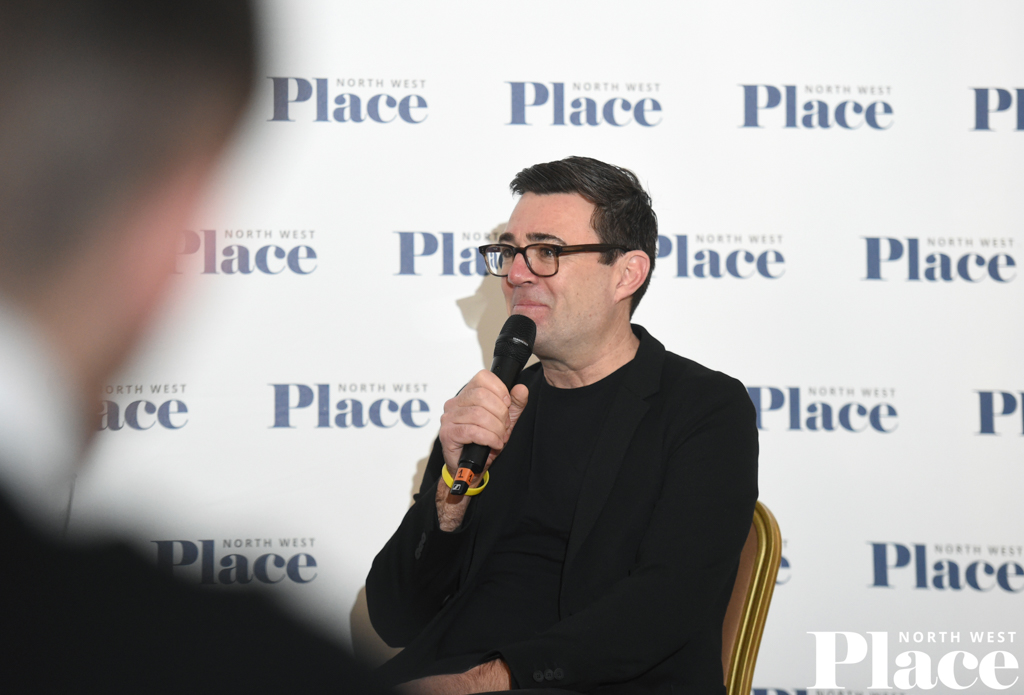

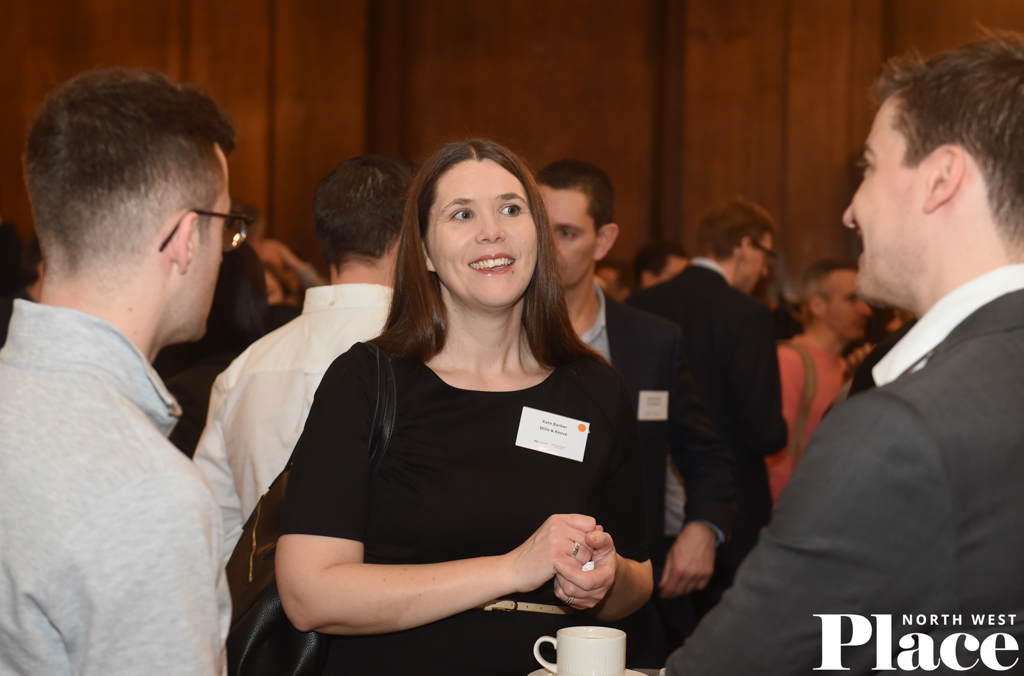


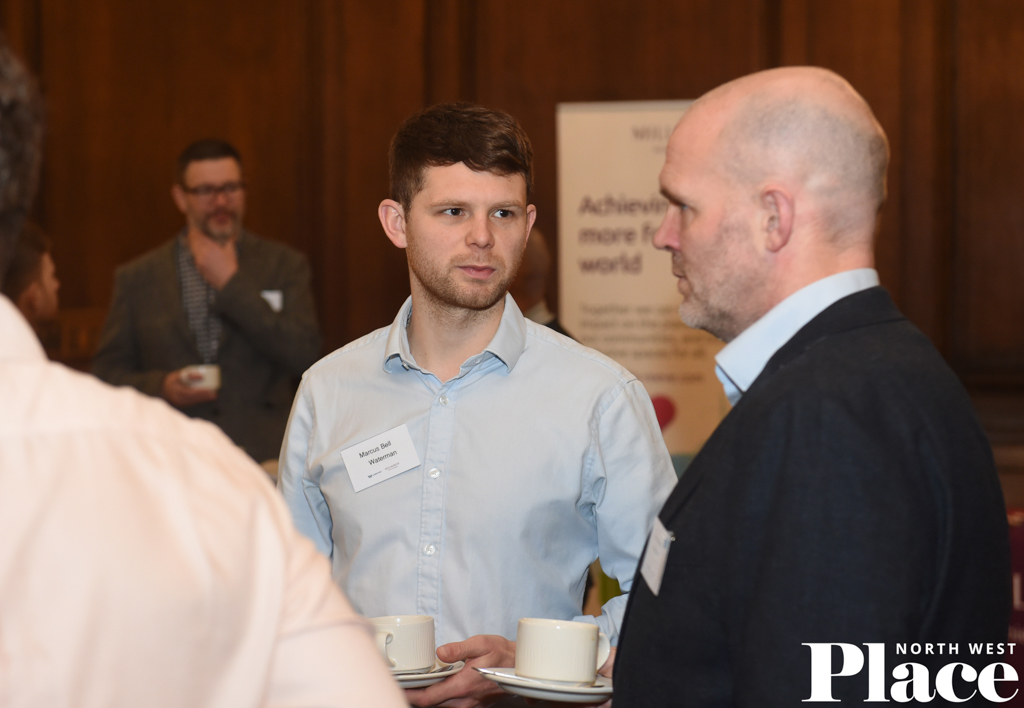




All this talk of going underground, as if it’s some extraordinary thing to do, it really is quite depressing. In many other countries it would pretty much be a given for a second or even third tier city. Is embarrassing how far behind we are with regards to cutting edge trasport infrastructure in our regional cities.
By Manc man
Well, Andy Burnham does talk sense, both in trying to find other solutions to getting HS2 back on track (no pun intended) and NPR – at least for the Liverpool to Manchester leg. That said, three additional things I would suggest with that proposed route:
1. Pass through Liverpool John Lennon Airport. That would allow true airport connectivity for both cities to both airports
2. Make sure the tunnelling section in MCR is future proof for NPR to continue to Bradford and Leeds and for HS2
3. Quad track the tunnels so two tracks can be used for local services (Metrolink or proper future Metro)
By EOD
The potential of going underground in Manc is pretty obvious, but Warrington BQ? Best of luck with that idea; the place will flood well before anything gets built there. EOD is quite right about the need for anything under central Manchester to have 4 tracks and for exactly the reasons stated.
By w